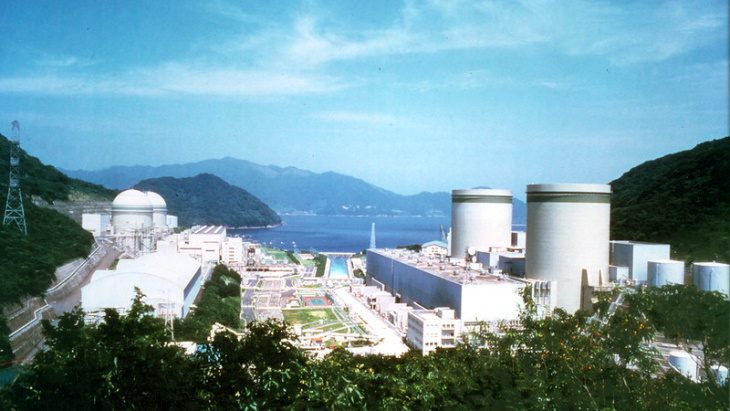12 Nuclear Reactors Operating in Japan After Takahama Unit 2 Restart
Japan’s Kansai Electric Power has restarted another reactor at its Takahama nuclear power plant, the 12threactor to be returned to service in that country since the Fukushima disaster in March 2011 led to the idling of Japan’s entire nuclear fleet.
Kansai on September 15 said the 826-MW Takahama No. 2, which originally entered service in 1975 and is the country’s second-oldest operating reactor, is again generating electricity after being offline since November 2011. Japan is slowly returning reactors to service after the government called for new safety measures and other upgrades to be implemented at any nuclear plant seeking to return to service.
The restart at Takahama means Japan now has a dozen operating reactors with combined generation capacity of 11.6 GW. Officials have said there are still 33 reactors in Japan designated for commercial use, down from 54 prior to the Fukushima incident. Those reactors in total represent 33.1 GW of generation capacity. Officials said 21 reactors in operating condition prior to Fukushima have been decommissioned.
LNG Imports
Japan has relied on imports of liquefied natural gas (LNG), supplying natural gas-fired power plants, to replace the lost nuclear output over the past decade-plus. Japan is the world’s second-largest buyer of LNG, behind only China. Government data shows LNG imports fell more than 17% from previous levels in July, thanks to nuclear restarts and the use of more renewable energy across the country. More than 70% of Japan’s power has come from burning fossil fuels after the nuclear fleet was taken offline following Fukushima.
Kansai President Nozomu Mori last week told Japanese media that the company’s fuel procurement cost will fall by about 12 billion yen, or $81 million, thanks to this year’s restarts of Units 1 and 2 at Takahama.

Lifespan Extensions
Japanese lawmakers earlier this year supported legislation that will allow the country’s nuclear reactors to be operated beyond the current limit of 60 years from initial startup, provided safety upgrades have been made. It’s part of Japan’s efforts to reduce carbon emissions and ensure a reliable supply of electricity. Officials have said they also support replacing older reactors with new advanced designs.
Kansai, with the restart of Takahama 2, has now resumed operation at all seven of its operable reactors in Japan. Takahama 3 and 4, each an 870-MW pressurized water reactor that entered service in 1985, were returned to commercial operation in February 2016 and June 2017, respectively (the units received a POWER Top Plant Award in 2018). Kansai in April of this year asked Japan’s Nuclear Regulation Authority for permission to extend the lifespan of those reactors by another 20 years.
Kansai this week took Takahama 3 offline for maintenance, with plans to bring the reactor back online in January of next year.
Other Restarts
Takahama 1, which was restarted in July of this year and resumed full operation in August, had been offline since January 2011, when it was idled for scheduled maintenance prior to Fukushima. Takahama 1, which began service in 1974, is Japan’s oldest operating reactor.
The restarted reactors in Japan, along with the four units at Takahama, include Units 1 and 2 at Sendai, Units 3 and 4 at Genkai, Units 3 and 4 at Ohi, Unit 3 at Ikata, and Unit 3 at Mihama.
—Darrell Proctor is a senior associate editor for POWER (@POWERmagazine).